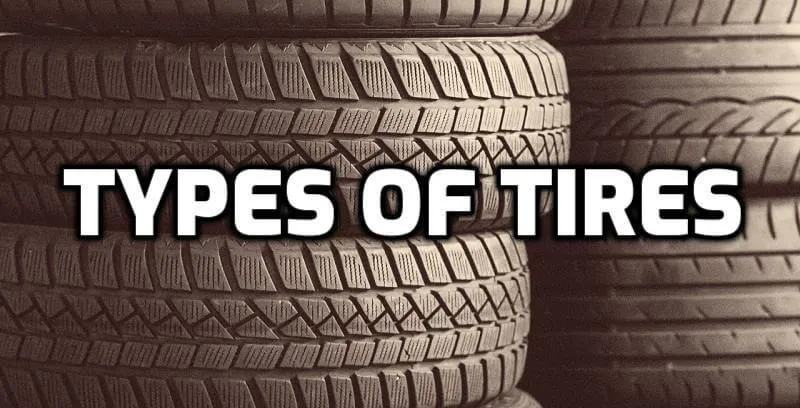The Different Types of Car Tires

There are many different types of tires on the market, and it can be hard to decide which one is right for you. This article will cover the most common types of tires, as well as their benefits and drawbacks. You’ll find out about radial tires, bias-ply tires, and tubeless tires. We’ll also discuss what you should consider when purchasing a new set of car or truck wheels!
All Season Tire: This type of tire is a hybrid between all-terrain and summer tires. They are designed to perform well in both wet and dry conditions, as well as light snow. In terms of mileage, they tend to last about 50% longer than summer tires but 25% less time than winter ones. All-season tires have large tread blocks that provide good grip in both dry and wet conditions, but they can be noisy on the road.
Touring Tire:<span data-preserver-spaces=”true”> This type of tire is designed for maximum performance. It has a large, open tread design that allows it to perform in wet conditions or light snow. The touring tires are known for their soft rubber compound, which gives them increased grip and braking capabilities on the road. They last about twice as long as summer tires but only half as much time as winter ones. One drawback is that they are known to have a loud ride on the road.
Performance Tire: This type of tire is best for those who like to push their car’s performance. They provide superior grip, meaning they can perform well in wet conditions and light snow as well. However, the tradeoff with this added performance is that these tires tend to wear out quickly. Another drawback with these types of wheels is that you’ll experience increased road noise while driving.
Winter Tire: These types of tires were designed for harsh winter conditions and gained popularity in warmer climates. They are made from a softer rubber compound, giving them better flexibility on the road when temperatures drop below 45 degrees Fahrenheit. In addition to being flexible, they provide more grip than all-season tires and are capable of driving in wet conditions as well. Just like performance tires, they wear away quickly but perform exceptionally well when you need them most!
All-Terrain Tire: This type of tire is designed for severe off-roading adventures. They have large tread blocks which provide superior grip on both dirt and rocks. Most all-terrain tires are also capable of driving in wet conditions. However, it would be best to keep in mind that they typically wear out quickly and can be quite noisy while on the road.
Off road Tire: This type of tire is designed for off-roading adventures just like all-terrain ones but with an emphasis on extreme performance. They have even larger tread blocks that provide superior grip on dirt and rocks, but they’re less capable of driving in wet conditions. Although it’s possible to use them on the road, these types of wheels are known for their loudness while doing so. They also wear away quickly as performance tires do!
Specialty Tire: This type of tire is designed for a specific purpose like racing or load capacity. They’re typically not recommended for everyday use as they don’t perform well in normal conditions but can be driven on the road if needed.
Run-Flat Tire: These types of tires have stiffer sidewalls and special rubber compounds so that even when deflated, you can safely drive up to 50 miles at speeds under 50 mph. It’s recommended that you replace these types of wheels as soon as possible since the stiff sidewalls can cause abnormal wear on your rim and affect handling when driving!
Temporary Spare Tire: These are also known as “donuts” or “doughnuts.” They’re designed to get you from your stranded location to a repair shop. Although they have fewer tread blocks, they can drive in wet conditions and perform reasonably well on the road, but not at high speeds!
Can You Put Two Different Types Of Tires On A Car
You can put two different types of tires on a car. It is possible to put snow tires on your car in the winter and then summer tires on during other seasons. But the key is to make sure that you use two tires of different types. For example, don’t put summer tires on all four wheels; instead, switch out both your front and back tires to match.
You can also change one tire at a time if you prefer it this way. Make sure not to mix up the lug nuts, either. Also, be aware that your car may not feel the same when you have different types of tires on it. Driving on two different sets can make for a bumpier and more uncomfortable ride than usual (though this will depend on the tire type).
But don’t worry; it shouldn’t affect your braking or handling, which are the two most important aspects of your car’s performance. Also make sure to check with a professional before doing this yourself to ensure that you don’t cause any damage or future problems for your vehicle!
Conclusion
To summarize, it’s important to choose the right type of tire for your car based on where you live and what types of roads you drive most. We hope this post helped you understand a little bit more about each type of wheel and how they compare to one another.
Related Article
